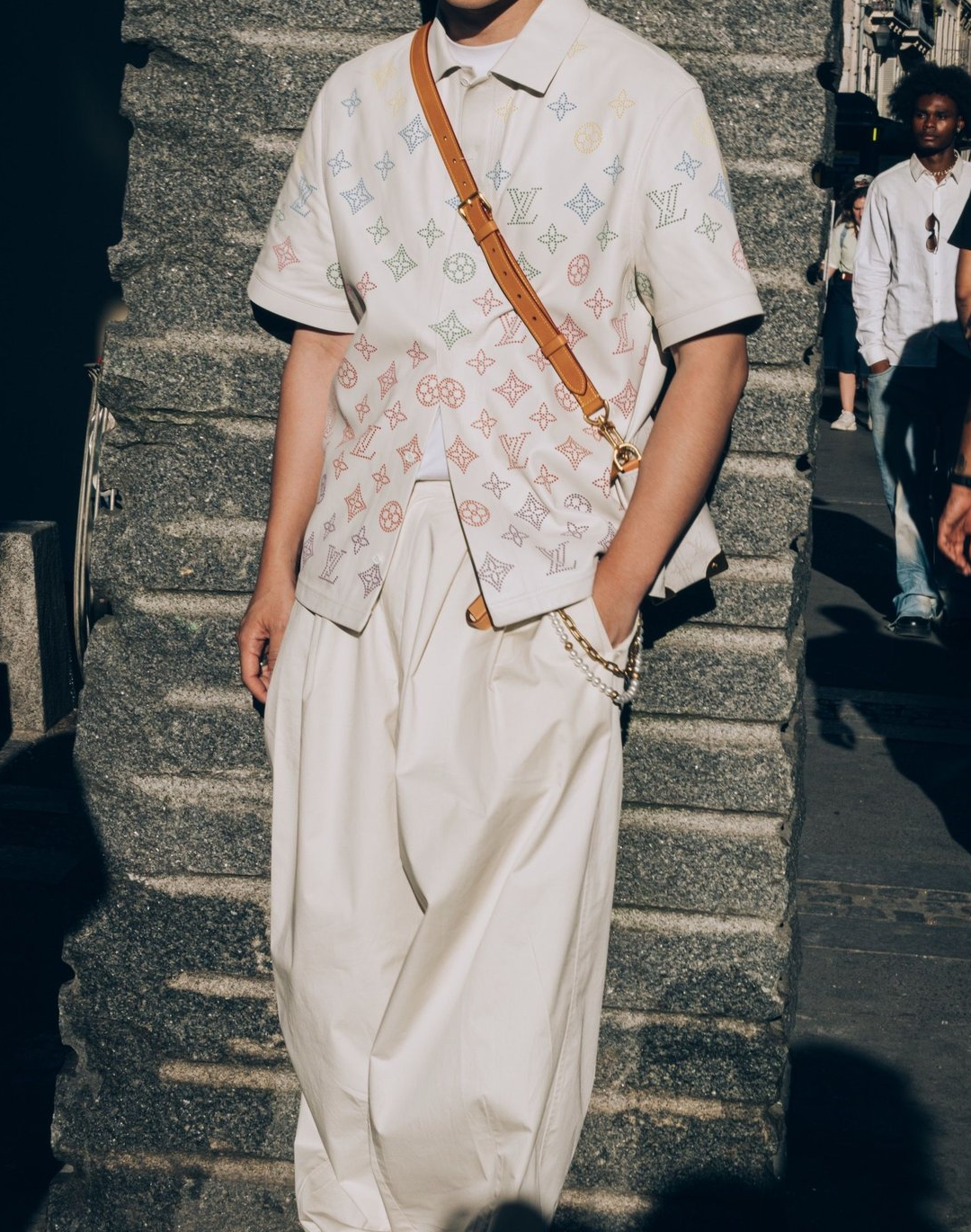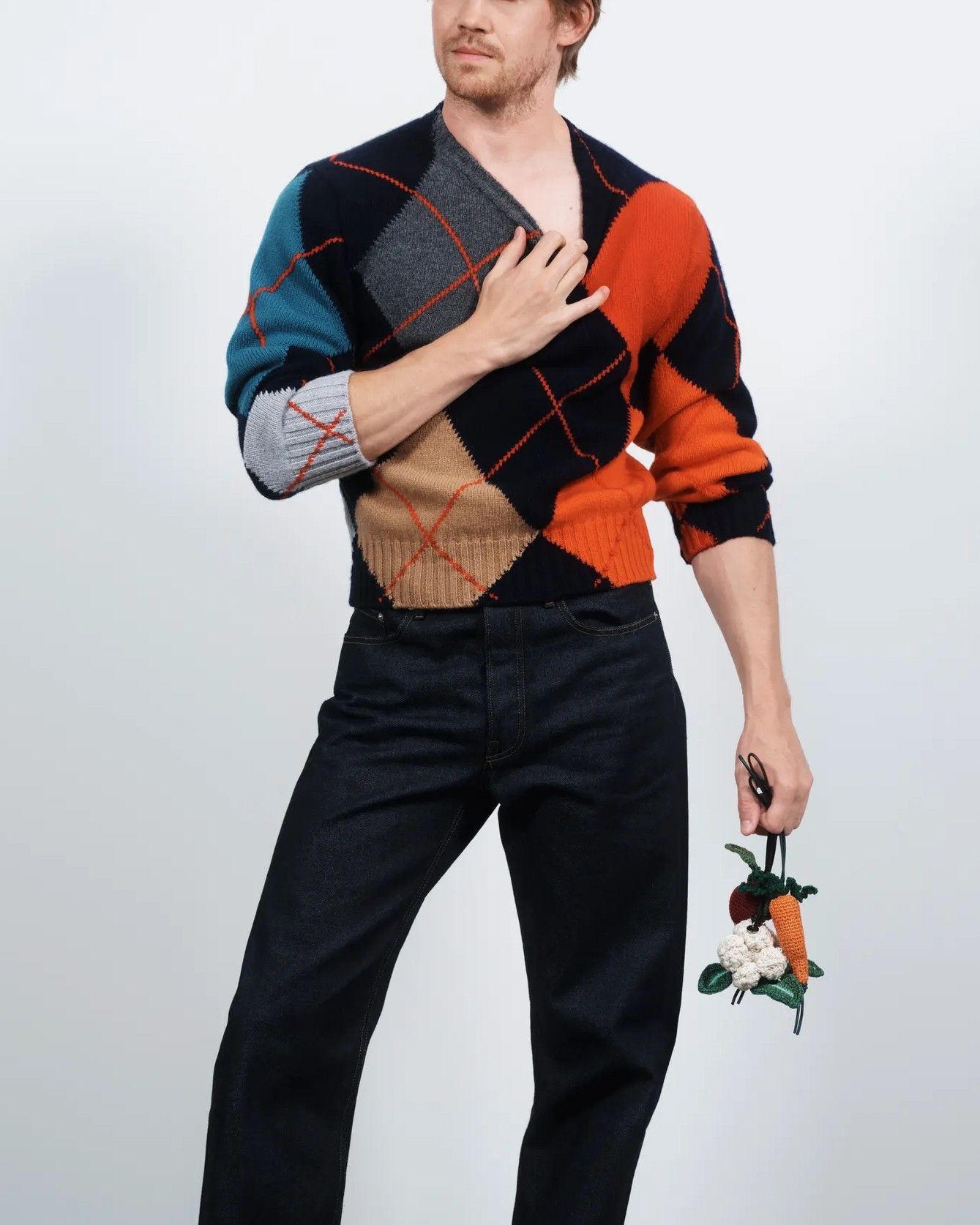
The future of fashion stores is bigger than ever Fashion prepares for the new dimension of shopping
In the changing landscape of luxury retail, size matters. The world of high fashion is witnessing a paradigm shift in which monumentality and sophistication of shopping experiences are of increasing importance. Extraordinary boutiques and exclusive VIP experiences are redefining luxury shopping for a world that, after the post-pandemic shopping rush, is calming down and thinking about its savings. Dior in Paris with 30 Montaigne and the titanic Tiffany & Co. store in New York are leading this trend, transforming retail spaces into veritable cathedrals of luxury that go far beyond the normal nature of a boutique. This retail renaissance is driven by the philosophy that not only bigger is better, but that it is the ultimate form of storytelling, immersion and exclusivity.
The monumental boutiques
@monsieurkihyun Christian Dior’s Haute Couture Salons at 30, avenue Montaigne. #dior #diorhautecouture2023 #diorhautecouture #parishautecouture #hautecouture #fashion #mode #luxe #luxury #avenuemontaigne #paris #france #fyp Ghibli-style nostalgic waltz - MaSssuguMusic
In a post-pandemic marketplace increasingly dominated by the shopping habits of a small minority, the challenge is to transform boutiques into places to experience authentic lifestyle experiences. It is no longer just about buying clothes, handbags or perfumes, but about immersing oneself whole in a well-rounded narrative. That's why luxury brands are aiming to create increasingly impressive, multi-disciplinary boutiques capable of attracting customers with out-of-the-ordinary experiences - on par with museums or theme parks. Speaking on the topic with WWD, which analyzed the future of retail through three separate studies, Delphine Vitry, founding partner of consulting agency MAD, said that today's luxury stores must be «a demonstration of power, of attraction, of desirability, the scale of the brand’s territory and its cultural impact» to generate traffic and increase productivity per square meter. This means presenting a wide range of products, engaging all the senses and creating experiences that strongly impress customers and visitors. As Vitry stated, « it’s not only about adding more pieces of art. It’s about enlarging the territory of the brand by being a cultural place.…You don’t want it to feel like a supermarket of luxury». A perfect example is the Dior Avenue Montaigne complex, opening in March 2022, which houses not only apparel, jewelry and beauty departments, but also restaurants, a museum and even a hotel suite: the goal is to create an experience of total immersion in the brand's culture and narrative, increasing the perceived value of the products (whose prices, let's face it, have risen tremendously in recent years) and driving customers to buy. These monumental boutiques, to be fair, weigh relatively little on the corporate balance sheet, yet they turn out to be extremely profitable through marketing efforts by generating sales of hundreds of millions of euros with high profit margins.
The new concept of visual merchandising
One of the most fascinating aspects of the transformation of luxury retail is the redefinition of the concept of the storefront. It is no longer simply about displaying clothes, but about transforming these display spaces into as many outlets for the brand's narrative - visual merchandising thus becomes conceptual, capturing the imagination and, in some ways, transcending its own initial purpose. Jonathan Anderson, for example, explained to WWD: «It’s about storytelling: How do you draw people into a store?» Nello stesso articolo di WWD, Simon Porte Jacquemus further emphasized the importance of creating a showcase that is «a first insight into the brand image, but it still has to attract people and catch their attention» and therefore be unusual, unexpected, different from an ordinary mannequin. In this regard, Rei Kawakubo also intervened, saying: «Building a shop involves the same creation as making clothes. I like people to enter the shop with a sense of anticipation, having felt already at the entrance the shop’s concept and CDG’s way of thinking». In her Aoyama store, Kawakubo demonstrated how the creative process can be extended from the clothes to the architecture itself. The art installations designed by Kawakubo for the main Comme des Garçons boutique show how the store environment can become a vehicle for communicating unique ideas and messages, capable of creating a stimulating and interesting atmosphere and conveying the brand's ideals and philosophy. Somewhat like Louis Vuitton did in 2006 when it installed Olafur Eliasson's "Eye See You" lamps in its storefronts, replacing products with works of art.
The importance of the 1%
What would luxury fashion be without China?
— Keezy TV (@keezytv_) February 1, 2023
It is no mystery that, since the lockdown, the economic divisions in society have tightened greatly. Aspirational customers, who come into the boutique perhaps only once to buy a belt or perfume, are beginning to be in short supply while it is from billionaires and millionaires that the highest and most frequent expenditures come. It is clear, however, that the rarefied platform of the world's richest customers is a far smaller and more competitive terrain to spread out than that which offers a large audience. Brands are therefore beginning to devote increasing attention to the most exclusive clients, those able to spend more and more often, without wavering in the face of ever-increasing prices. Thus, the exclusive VIP salons of Chanel, Dior and Gucci are appearing, offering a personalized shopping experience for high-profile customers by turning simple downtown shopping into a memorable moment.
Private fashion shows are another tool that attracts VIP customers. Brands such as Dior and Bottega Veneta hold exclusive fashion shows, where orders are placed between glasses of champagne, where designers and celebrities meet and have access to exclusive drops and custom fittings. Events like these, perhaps the closest to the old couture fashion shows, are what builds customer loyalty, making boutiques something like private social clubs: it is the allure of a closed circle, of the unaccessibile list. The allure, precisely, of exclusivity. And if until recently these events were located in shopping hotspots, in fashion capitals or at any rate in major metropolises, now brands have decided to expand their model elsewhere-and especially in the undoubtedly larger and more capillary Chinese market.















































